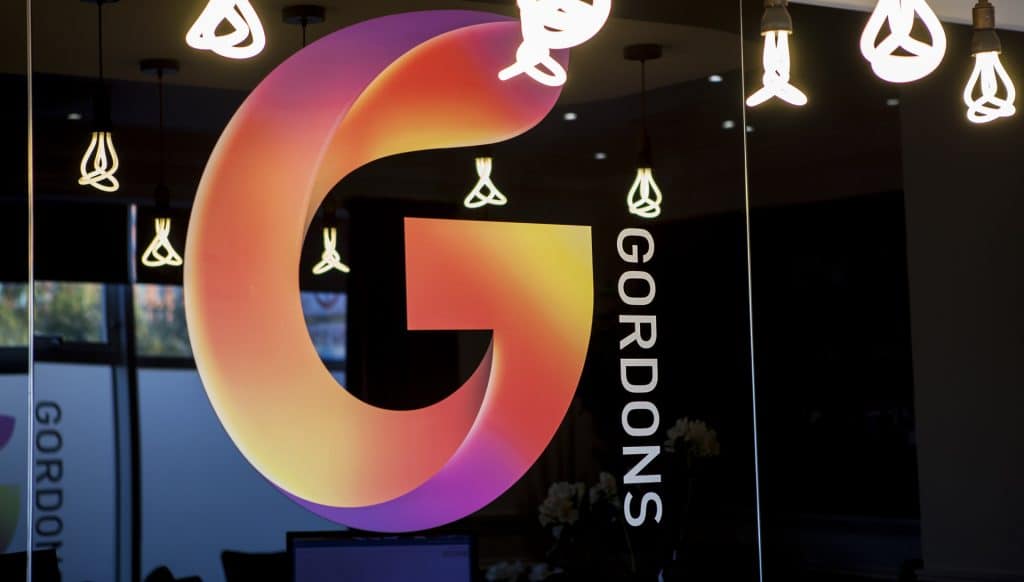
Employment Law Update: Furlough extension for the new lockdown – what you need to know
Monday 2nd November 2020
With a new national lock-down for England starting on Thursday, the Chancellor has extended the furlough scheme for a further month. But what do we need to know about it and how is it different?
First off, the cost for employers of retaining workers will be reduced compared to the current scheme, which ended on 31 October i.e. it is far more generous – back to the level it was in March, and like in March employees can go on furlough for the first time – they do not need to have been furloughed before.
The essence of it is as follows:
- Employees who were on the employers payroll by 23:59 30th October 2020 are eligible
- Unlike previously, employees do not need to have been furloughed before to be eligible under the extended scheme nor does the employer need to have used the scheme before
- Employees can receive up to 80% of their current salary for hours not worked, up to a maximum of £2,500 per month
- Employers will need to cover National Insurance and employer pension contributions which, for the average claim, accounts for just 5% of total employment costs
- It is still on the flexi-furlough basis so that employees can be partially furloughed – employers are free to agree whatever working arrangements they wish with employees on furlough
- It applies to employers small or large, charitable or non-profit
- It lasts until December
The Furlough Scheme will operate as before, with businesses being paid upfront to cover wages costs (although there will be a short delay whilst the system changes are made and during this period businesses will be paid in arrears).
The government expects that publicly funded organisations will not use the scheme, as has already been the case for CJRS, but partially publicly funded organisations may be eligible where their private revenues have been disrupted. All other eligibility requirements apply to these employers.
Flexi Furlough:
- Employers can claim the grant for the hours their employees are not working, calculated by reference to their usual hours worked in a claim period. Such calculations will broadly follow the same methodology as currently under the CJRS
- When claiming the CJRS grant for furloughed hours, employers will need to report and claim for a minimum period of 7 consecutive calendar days
- Employers will need to report hours worked and the usual hours an employee would be expected to work in a claim period
- For worked hours, employees will be paid by their employer subject to their employment contract and employers will be responsible for paying the tax and NICs due on those amounts
- As with the current CJRS, employers are still able to choose to top up employee wages above the scheme grant at their own expense if they wish.
The Government will confirm shortly when claims can first be made in respect of employee wage costs during November, but there will be no gap in eligibility for support between the previously announced end-date of CJRS and this extension.
The new Job Support Scheme has now been delayed and will be introduced following the end of the CJRS.
We expect further guidance shortly.
If you would like further advice on this, then please contact one of our employment experts below.






